25+ SAMPLE Residential Construction Schedule
-

Weekly Residential Construction Schedule
download now -

Sample Residential Construction Schedule
download now -
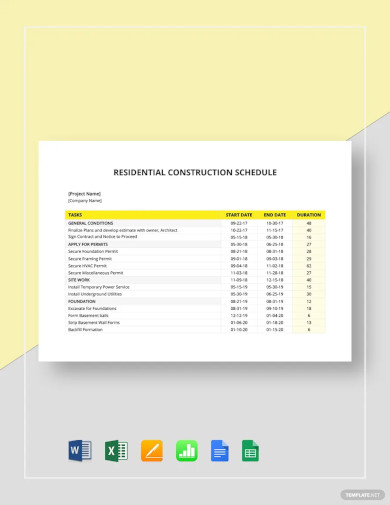
Residential Construction Schedule
download now -
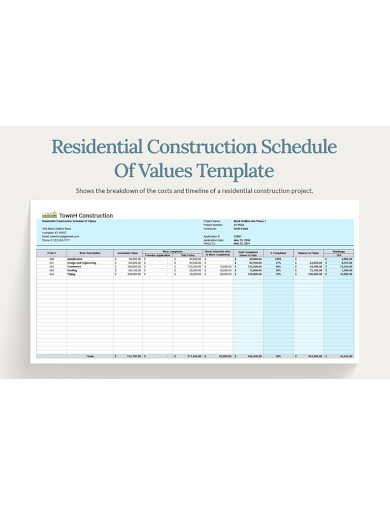
Residential Construction Schedule Of Values
download now -

7-Day Residential Construction Schedule
download now -
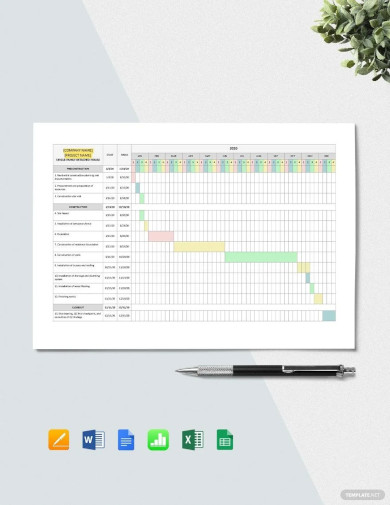
Residential Construction Project Schedule
download now -
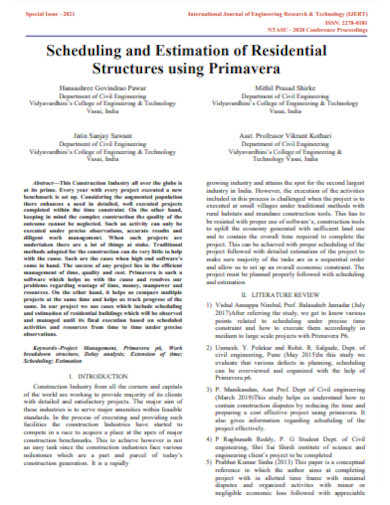
Residential Civil Engineering Construction Schedule
download now -
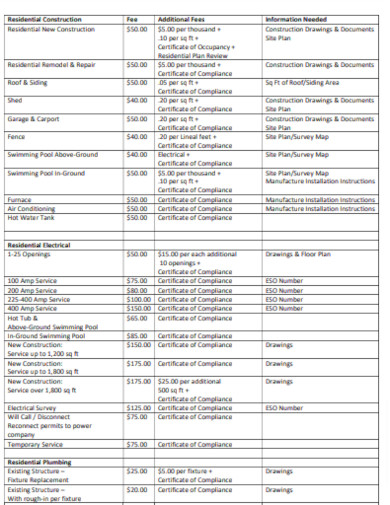
Simple Residential Construction Schedule
download now -
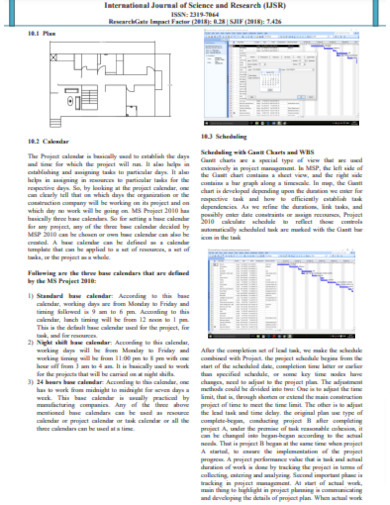
Residential Gantt Chart Construction Schedule
download now -
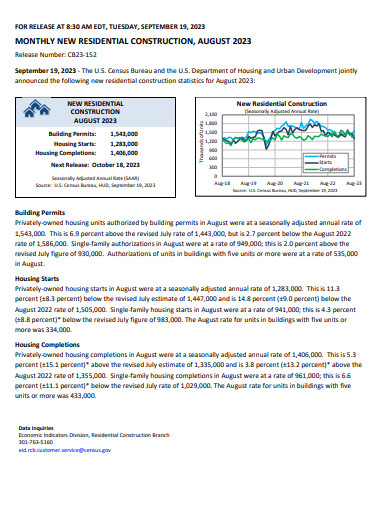
Residential House Construction Schedule
download now -
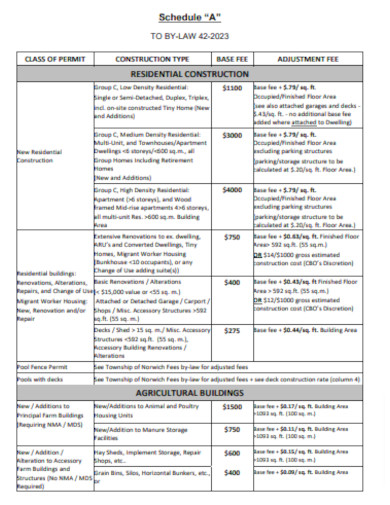
Basic Residential Construction Schedule
download now -
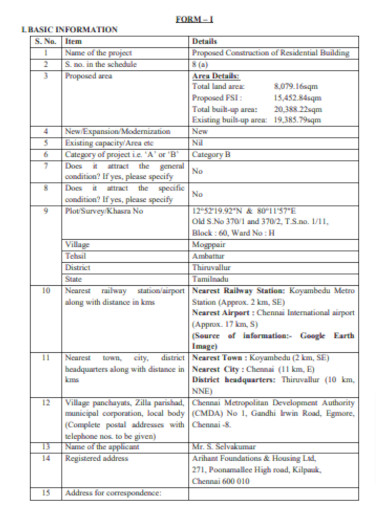
Residential Construction Schedule Form
download now -
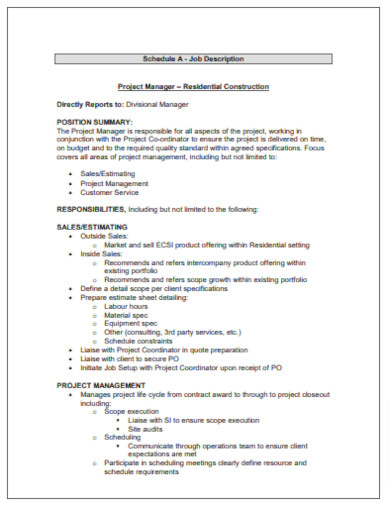
Residential Construction Manager Schedule
download now -
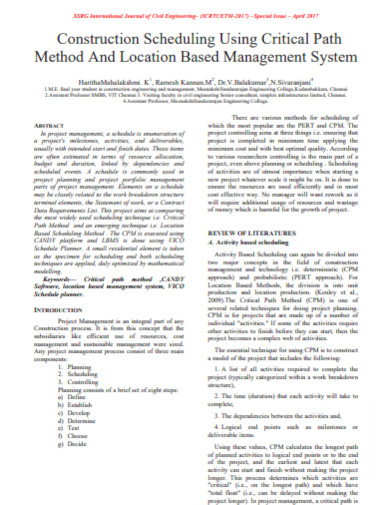
Editable Residential Construction Schedule
download now -
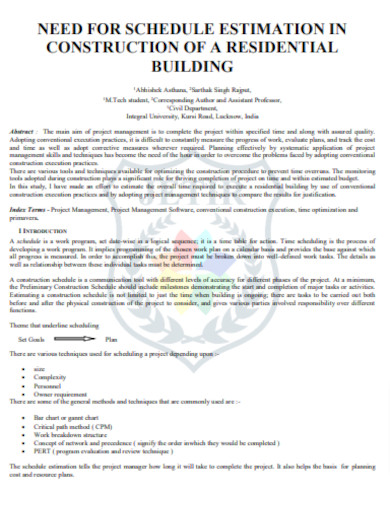
Residential Estimate Construction Schedule
download now -

New Residential Construction Schedule
download now -
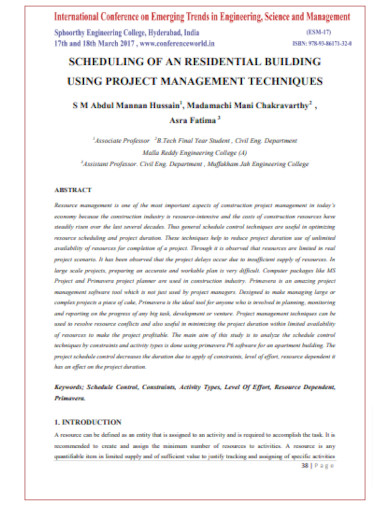
Residential Building Construction Schedule
download now -
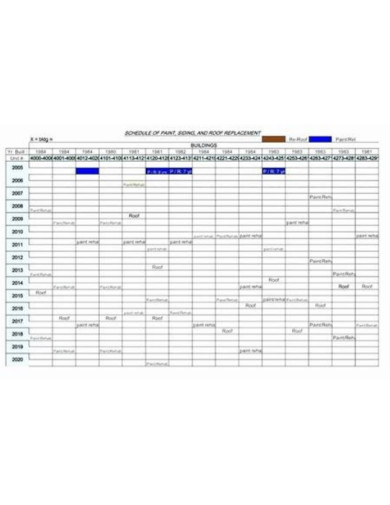
Printable Residential Construction Schedule
download now -

Residential Construction Planning Schedule
download now -
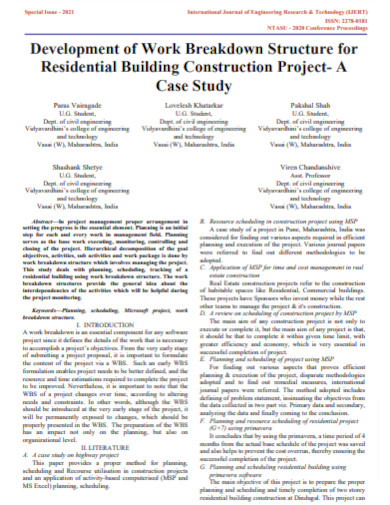
Residential Project Construction Schedule
download now -
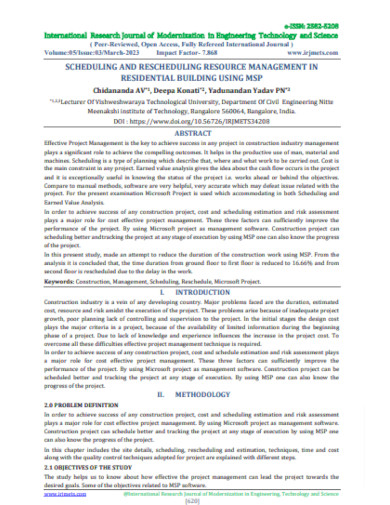
Residential Construction Management Schedule
download now -
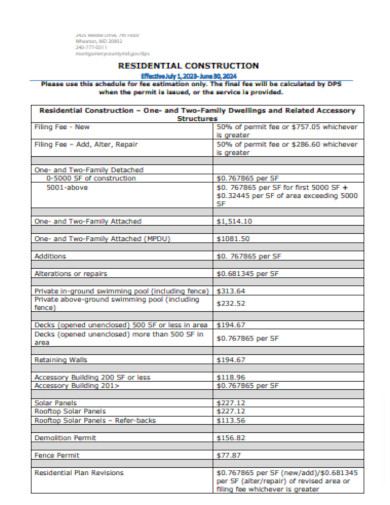
Residential Construction Service Schedule
download now -
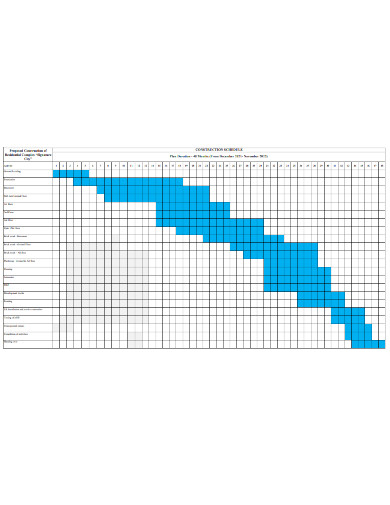
Residential Construction Plan Schedule
download now -

Residential Construction Schedule Guide
download now -

Private Residential Construction Schedule
download now -
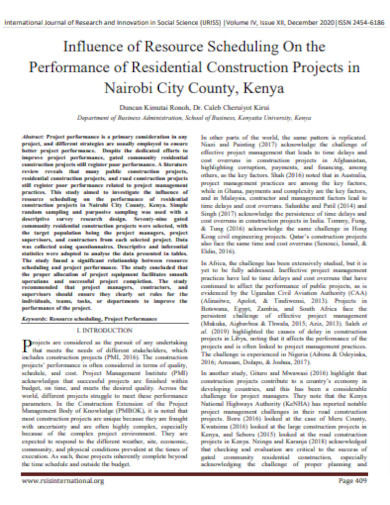
Residential Performance Construction Schedule
download now
FREE Residential Construction Schedule s to Download
25+ SAMPLE Residential Construction Schedule
The Essence of a Residential Construction Schedule
Why Residential Construction Schedules are Vital
Components of a Residential Construction Schedule
Tips for an Efficient Residential Construction Schedule
Challenges Faced in Residential Construction Schedule
FAQ’S
Why is a Residential Construction Schedule important?
How is the schedule affected by weather?
Can changes be made once the schedule is set?
How often should the schedule be reviewed?
Who is responsible for maintaining the schedule?
How does the schedule factor in inspections and approvals?
The Essence of a Residential Construction Schedule
A Residential Construction Schedule is a chronological timeline detailing each step in the construction process, from initial ground-breaking to the final finishing touches. It’s not just a mere list of tasks; it’s a well-thought-out plan that considers the intricacies of building a home, accounting for dependencies, potential bottlenecks, and required resources.
Why Residential Construction Schedules are Vital
Residential Construction Schedules are fundamental to the home-building process. They provide a structured, strategic roadmap to ensure every brick and nail is placed perfectly. Here’s why they are indispensable:
Clarity and Vision:
A residential construction schedule offers a detailed overview of the entire project. It breaks down a complex process into manageable tasks, enabling everyone involved—from the homeowner to the laborer—to have a clear understanding of the project’s progression and the sequence in which tasks are to be executed.
Optimized Resource Allocation:
Time, labor, materials, and machinery are precious resources in construction. With a well-planned schedule, resources are used optimally, reducing chances of wastage or idle time. This can lead to cost savings and ensures that no resource is over- or under-utilized.
Efficient Time Management:
Delays can be costly, both in terms of finances and reputation. A robust construction schedule minimizes unforeseen delays by establishing clear timelines for each phase, ensuring that the project remains on track and is completed within the stipulated timeframe.
Enhanced Communication:
A schedule serves as a common reference point for all stakeholders. It facilitates effective communication among teams, subcontractors, and clients. Everyone knows the plan, the current status, and what’s coming next, reducing uncertainties and potential conflicts.
Mitigating Risks:
Risks, both anticipated and unforeseen, are a reality in construction. A comprehensive schedule allows for contingency planning, ensuring there’s a backup plan in place to address challenges, from weather-related disruptions to supply chain issues.
Financial Planning:
Budget overruns can be a nightmare. A clear schedule helps in forecasting expenses, allowing for better financial management. Stakeholders can plan for upcoming costs, ensuring that funds are available when needed.
Quality Assurance:
By setting aside adequate time for each phase and incorporating checkpoints and reviews, the schedule ensures that the construction quality isn’t compromised. Rushed jobs can lead to mistakes; a schedule ensures each task receives the time it deserves.
Stakeholder Confidence:
For homeowners, the construction process can be overwhelming. A clear schedule provides reassurance, as they can visualize the steps involved and track the progress of their dream home. For contractors, a well-executed schedule builds credibility and fosters trust with clients.
Regulatory and Legal Compliance:
Residential constructions often need to adhere to local regulations and codes. Scheduled inspections and approvals ensure that the construction is compliant and avoids legal complications.
Feedback and Adjustments:
Regularly revisiting the schedule provides opportunities for feedback. Whether it’s incorporating a client’s additional request or adjusting due to unforeseen challenges, a dynamic schedule can accommodate changes without derailing the project.
In essence, Residential Construction Schedules are the backbone of the building process. They instill discipline, offer direction, and ensure that the journey from a plot of land to a completed home is smooth, efficient, and meets the highest standards of excellence.
Components of a Residential Construction Schedule
A Residential Construction Schedule breaks down the home-building process into discrete phases and tasks to ensure a structured and efficient workflow. Here are the key components of a standard schedule:
Project Initiation:
- Preliminary discussions and agreement with the client
- Site analysis and evaluation
- Acquiring necessary permits and approvals
Site Preparation:
- Clearing the site of any debris or obstacles
- Excavation and leveling
- Setting up temporary utilities and site access
Foundation:
- Laying the footing
- Constructing the foundation, which could be slab-on-grade, crawl space, or a full basement
- Waterproofing and installing foundation drains where necessary
Superstructure & Framing:
- Constructing the skeletal framework including walls, floors, and roof structure
- Installing exterior sheathing
Roofing & Exterior Work:
- Roof structure completion and shingle installation
- Siding and exterior cladding
- Window and external door installations
Mechanical Rough-ins:
- Electrical wiring, outlets, and breaker boxes
- Plumbing lines and preliminary fixtures
- Heating, Ventilation, and Air Conditioning (HVAC) systems
Interior Work:
- Insulation of walls and ceilings
- Drywall installation and priming
- Flooring – laying tiles, hardwood, or other chosen materials
- Painting and wallpapering
Fixtures and Finishes:
- Installing interior doors, baseboards, and moldings
- Setting up final plumbing fixtures like sinks, toilets, and showers
- Electrical fixtures – lights, switches, and outlets
- Cabinetry, countertops, and built-in furniture
Utilities & Systems Setup:
- Connection to main water supply and sewerage
- Finalizing electrical connections
- HVAC system completions and testing
Landscaping & Exteriors:
- Lawn planting, garden setup, and tree planting
- Building driveways, walkways, and patios
- Fencing and boundary wall construction
Final Inspections & Approvals:
- Ensuring that the construction adheres to local codes and regulations
- Addressing any modifications or corrections based on inspection feedback
Final Touch-ups & Cleaning:
- Addressing any minor issues or defects
- Cleaning the premises, removing construction debris
- Testing all utilities and systems
Client Walkthrough & Handover:
- Guided tour of the completed house with the client, explaining features and systems
- Addressing any last-minute concerns or issues
- Handing over keys, documentation, and warranties
Post-Construction Support:
- Providing guidance on maintenance and care
- Addressing any post-construction concerns or required repairs
A Residential Construction Schedule might vary based on the complexity of the project, client preferences, and regional factors, but these components provide a generic framework to guide the process.
Tips for an Efficient Residential Construction Schedule
Creating and maintaining an efficient Residential Construction Schedule is pivotal to ensure that a construction project progresses smoothly, meets its timelines, and stays within budget. Here are some tips to enhance the efficiency of such a schedule:
- Detailed Planning: Before you start, ensure that you have a comprehensive plan in place. This involves understanding the client’s requirements, having clear blueprints, and setting realistic timelines.
- Prioritize Tasks: Understand the sequence in which tasks need to be done. Some activities depend on the completion of others. Prioritizing ensures there’s a logical flow.
- Flexibility: While it’s essential to stick to a schedule, always build in some flexibility. This is vital to address unexpected challenges such as weather delays, material shortages, or sudden changes in client requirements.
- Regular Monitoring: Don’t just set a schedule and forget it. Monitor progress regularly, ideally on a daily basis. This allows for timely interventions if there are deviations.
- Use Technology: Invest in construction management software. These tools allow real-time tracking, efficient resource allocation, and instant communication among all stakeholders.
- Effective Communication: Ensure open lines of communication with all teams involved. Regularly updating everyone involved can prevent misunderstandings and keep the project on track.
- Allocate Buffer Time: Include buffer times between major phases to account for unforeseen delays. This ensures that one delay doesn’t cascade and affect subsequent tasks.
- Engage Reliable Subcontractors: Ensure that you work with experienced and reliable subcontractors. Their efficiency and expertise can significantly influence the project’s timeline.
- Resource Management: Regularly assess the availability of resources, both in terms of labor and materials. Ensure there are no idle times or resource shortages.
- Client Engagement: Keep the client in the loop. Regular updates and check-ins can prevent last-minute changes and ensure that the client’s vision aligns with the progress.
- Contingency Planning: Have a backup plan. Whether it’s alternative suppliers for materials or additional workforce availability, contingency plans can save the day when unexpected issues arise.
- Quality Checks: Schedule periodic quality checks. This ensures that you don’t have to redo tasks, saving both time and resources.
- Feedback Loop: After each major phase, gather feedback from the team. Understanding what went well and what didn’t can help in refining the schedule for future projects.
- Documentation: Keep detailed records of everything – from changes in the plan to reasons for delays. This not only provides clarity but can be invaluable for future reference.
- Training: Ensure that your team and subcontractors are well-trained. Knowledge of the latest construction techniques and familiarity with tools can enhance efficiency.
In essence, an efficient Residential Construction Schedule is a blend of meticulous planning, regular monitoring, open communication, and the ability to adapt to changes. It’s not just about sticking to dates but ensuring that every phase of construction meets the desired standards of quality and precision.
Challenges Faced in Residential Construction Schedule
Managing a Residential Construction Schedule can be a complex task, with multiple challenges that arise due to the dynamic nature of the construction environment. Here are some common challenges faced:
- Unpredictable Weather: Adverse weather conditions, such as heavy rainfall, storms, extreme temperatures, or snow, can cause significant delays. They can affect not only the work being done but also the safety of the workers.
- Supply Chain Disruptions: Delays in material deliveries due to supplier issues, transportation problems, or global disruptions (like the pandemic) can throw off the entire schedule.
- Labor Shortages: Unavailability of skilled labor or unexpected absenteeism can cause setbacks. Relying heavily on a few skilled workers can be risky if they become unavailable.
- Unexpected Site Conditions: Hidden conditions, like unexpected soil properties, buried utilities, or archaeological finds, can disrupt plans and require changes in approach.
- Changes in Client Requirements: Clients might change their minds about certain aspects of the design or functionality, leading to redesigns, material changes, and thus, schedule disruptions.
- Regulatory and Permit Delays: Awaiting approvals from local authorities, or dealing with changing regulations and codes, can stall the progress.
- Budget Overruns: Unexpected expenses might cause work to halt if there aren’t sufficient funds to proceed, leading to rescheduling.
- Quality Issues: Discovering that work done is sub-par and needs rectification can push back subsequent tasks. This also includes failing inspections that necessitate rework.
- Coordination Challenges: Managing multiple subcontractors and ensuring their availability as per schedule can be a logistic challenge.
- Communication Breakdown: Misunderstandings or lack of clear communication between stakeholders can result in errors, rework, and delays.
- Equipment Failures: Machinery or equipment breakdown can halt specific tasks until repairs are done or replacements are found.
- Safety Incidents: Accidents on site can not only result in injuries but also lead to investigations, halt in work, and potential legal challenges.
- Financial Challenges: Delays in payment to subcontractors or vendors can lead them to halt their services or deliveries.
- Technological Hurdles: Inadequate software or lack of tech-savviness among team members can hinder effective scheduling and tracking.
- Market Fluctuations: Changes in the market, like price hikes for materials or labor rate changes, can necessitate budget reassessments and cause delays.
To navigate these challenges, it’s crucial to approach residential construction scheduling with flexibility, clear communication, contingency planning, and proactive problem-solving. Regular monitoring and adapting the schedule as required can help mitigate these challenges and keep the project on track.
FAQ’S
Why is a Residential Construction Schedule important?
It provides clarity on the project’s progress, optimizes resource allocation, ensures timely completion, facilitates communication, assists in financial planning, and ensures quality control.
How is the schedule affected by weather?
Adverse weather conditions can lead to delays, especially for outdoor tasks. It’s crucial to monitor weather forecasts and have contingency plans in place.
Can changes be made once the schedule is set?
While it’s best to adhere to the initial schedule, changes can be made to accommodate unforeseen challenges, client requests, or other factors. However, changes can impact the completion date and budget.
How often should the schedule be reviewed?
Ideally, the progress should be checked daily, with a more comprehensive review done weekly. This ensures any deviations are caught early and necessary adjustments are made.
Who is responsible for maintaining the schedule?
Typically, the project manager or site supervisor is responsible for monitoring and maintaining the construction schedule, coordinating with subcontractors, and updating stakeholders.
How does the schedule factor in inspections and approvals?
Necessary inspections and approvals from local authorities are incorporated into the schedule, ensuring compliance and avoiding legal complications.
In the dynamic world of residential construction, a well-structured schedule stands as the backbone of every successful project. A Residential Construction Schedule not only provides a roadmap for stakeholders but also ensures that resources are optimized, budgets are maintained, and timelines are met. By foreseeing potential challenges, incorporating flexibility, and emphasizing clear communication, this scheduling tool can greatly diminish project risks. The intricacies and details embedded in such schedules demonstrate the art and science of project management. In conclusion, while the tangible outcome of a construction project is a physical structure, the unseen yet pivotal foundation supporting this outcome is the carefully crafted and diligently followed Residential Construction Schedule
